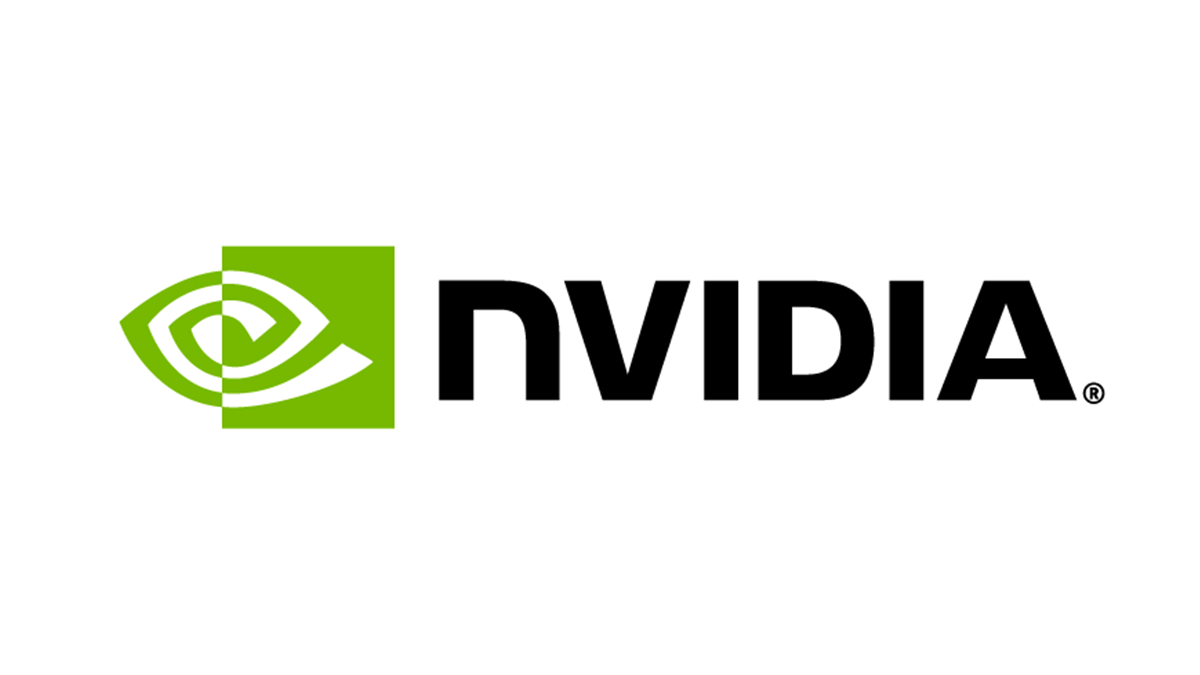The global financial landscape experienced a significant upheaval in August, with stock markets shedding an unprecedented $3 trillion. However, amidst the economic tumult, AI behemoth Nvidia may be the glimmer of hope investors desperately need. Here’s a closer look at the events that have unfolded and what they could mean for the future.
What Transpired Last Week?
In the US:
Nvidia Shines Through: The chip manufacturing giant Nvidia revealed quarterly figures that surpassed the expectations of many investors.
In Europe:
Mining Woes for BHP: BHP, a leading mining company, declared its lowest annual profit in the past three years.
UK Property Market Stumbles: Recent statistics indicated that UK homeowners have been reducing their listing prices in an attempt to expedite property sales.
Service Sector Declines: The services sector, which encompasses retail, leisure, and professions like accounting, didn’t meet the projections of economists in August, not just in the UK but also in the eurozone and the US.
In Asia:
Baidu Bucks the Trend: Chinese tech titan Baidu unveiled promising quarterly figures.
Decoding the Implications
The month saw investors in a state of heightened anxiety. Considering the persistent high inflation in the eurozone, China’s evident economic hiccups, and previously robust US economic data implying probable hikes, their apprehension was understandable. This collective anxiety led to the S&P 500 (US), Stoxx 600 (Europe), and CSI 300 (China) losing a combined value of $3 trillion in the initial three weeks of August. To put this in perspective, this is equivalent to the entire valuation of the UK’s FTSE 100.
China’s shaky economic condition this year has sent tremors across the global economy. Companies like mining giant BHP, which heavily depend on China’s robust construction sector for their iron ore consumption, felt the pinch. As China reduced its construction activities, BHP witnessed a slump in demand, leading to its weaker-than-expected earnings.
However, Baidu provided a silver lining amidst this gloom. The company, often dubbed “China’s Google,” disclosed its swiftest revenue growth in two years, majorly fueled by businesses amplifying their post-lockdown advertising endeavors.
Despite these encouraging signs, there are uncertainties looming. As Americans deplete their pandemic savings and with the resumption of student loan repayments on the horizon, there might be a decline in discretionary spending. This potential pullback is hinted at by the recent data showcasing a contracting service sector in the UK and eurozone in August, with minimal growth in the US.
The UK property market is also under duress, primarily due to fluctuating mortgage rates. This volatility is pushing many homeowners to consider downsizing, hoping for more stable mortgage rates. However, as potential buyers are also cash-strapped, sellers are resorting to drastic price cuts, further dragging the market down.
Spotlight on Nvidia: AI’s Driving Force
Ahead of its Q2 results, Nvidia’s stock had surged by almost 230% this year. The anticipation surrounding its earnings report was palpable. The AI-centric chip manufacturer did not let down; it posted a 20% rise in revenue, 33% growth in profit, and a sales prediction for the upcoming quarter that was 27% beyond what analysts had forecasted. This stellar performance propelled the stock price up by an additional 7%.
Nvidia’s triumph can be credited to the classic interplay of supply and demand. The company’s AI chips are in short supply, leading to customers ordering more than their actual requirements, hoping to receive the desired number. Although this cycle is temporary, investors are optimistic about Nvidia’s sustained prominence in the AI sector, anticipating continued prosperity even after the supply-demand equilibrium is restored.
However, not all retail investors are convinced. A third of them perceive AI as currently “overhyped.” This skepticism might steer them towards exploring under-the-radar opportunities. For instance, Supermicro, which offers high-performance servers powered by advanced Nvidia chips, is already reaping the rewards of the AI revolution.
In Asia, Nvidia suppliers like Ibiden, along with server companies Unimicron, Shinko Electric Industries, and Kinsus, might also benefit from Nvidia’s momentum.
Nvidia’s Impact on the Korean Won
The Korean won has struggled this month, becoming Asia’s most underperforming currency. Factors like declining exports, China’s underwhelming growth, and elevated US yields have contributed to the won’s 3.5% depreciation against the dollar in August.
However, Nvidia’s impressive sales predictions might hint at a broader industry demand for AI processors, promising a surge in exports for suppliers such as SK Hynix Inc. Despite cautious remarks from Federal Reserve Chairman Jerome Powell, the won gained 0.3% against the dollar recently.
Investors will be keenly observing Korea’s trade statistics for August, especially after the initial twenty days revealed a 16.5% dip compared to the previous year.
However, the won’s prospects remain uncertain, primarily due to China’s decelerating economy. If China’s manufacturing PMI for August continues its contraction for the fifth successive month, pressures on the currency might re-emerge.
Conclusion
In these turbulent times, Nvidia’s AI prowess seems to be a beacon of hope for many investors. While global stock markets grapple with uncertainties, companies like Nvidia are setting the stage for what could be the future of tech and investment. Only time will tell if Nvidia’s success can help counterbalance the current economic challenges, but for now, it offers a glimmer of optimism in an otherwise challenging market scenario.



